- +033 2572 7171
- info@dhanvantary.com

4.5 Rating | 4500 Review

4.5 Rating | 4500 Review
Fungal diseases, also known as mycoses, are infections caused by fungi. Fungi are microorganisms present in the environment, such as soil, plants, water, and even the human body. While many fungi are harmless, some can cause diseases in humans, especially in individuals with weakened immune systems.
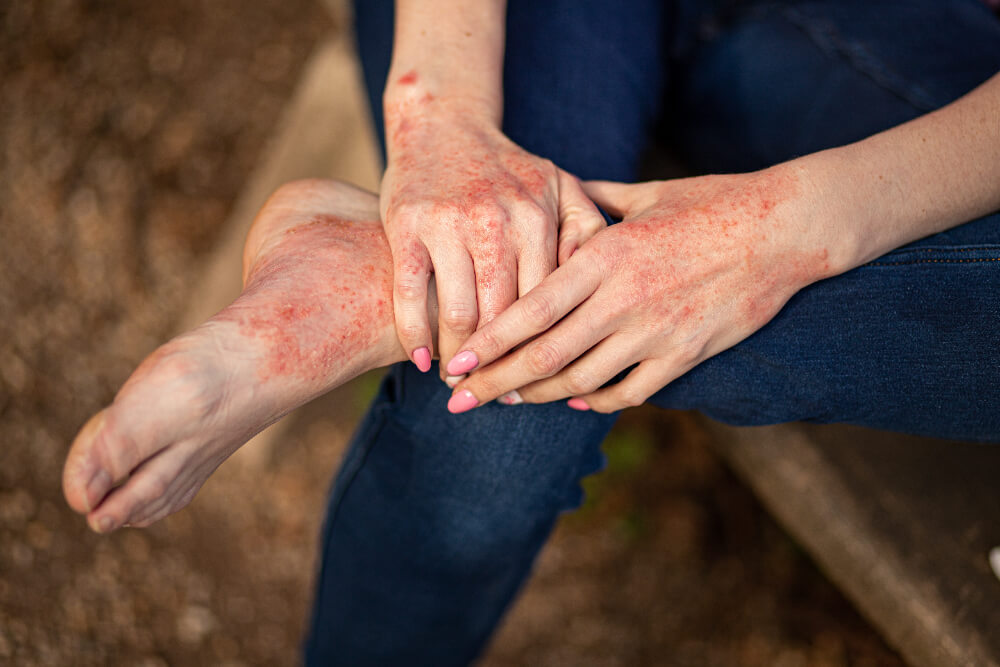
Fungal diseases are broadly classified into four types based on the affected area and the severity:
Affect the outermost layers of the skin, hair, and nails.
Examples:
Symptoms: Itching, redness, scaling, and discoloration.
Affect deeper layers of the skin.
Examples:
Symptoms: Thickened, brittle, or discolored nails, skin peeling, and inflammation.
Occur when fungi enter through cuts or wounds, affecting the subcutaneous tissue.
Examples:
Symptoms: Nodules, ulcers, and skin discoloration.
Affect internal organs, often life-threatening.
Examples:
Histoplasmosis: Infection caused by inhaling fungal spores from bird or bat droppings.
Aspergillosis: Infection caused by Aspergillus, commonly affecting the lungs.
Cryptococcosis: Lung or brain infection caused by Cryptococcus neoformans.
Symptoms: Fever, cough, chest pain, fatigue, and systemic illness.
Occur in individuals with weakened immunity (e.g., HIV/AIDS, organ transplant patients).
Examples:
Ayurveda categorizes fungal diseases under Kustha Roga (skin disorders) or Krimi Roga (microbial infections). These conditions are often associated with imbalances in Kapha and Pitta doshas, leading to symptoms like itching, burning, and discoloration.
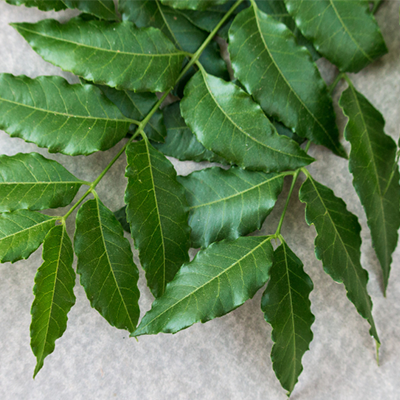
Antifungal and antimicrobial properties.
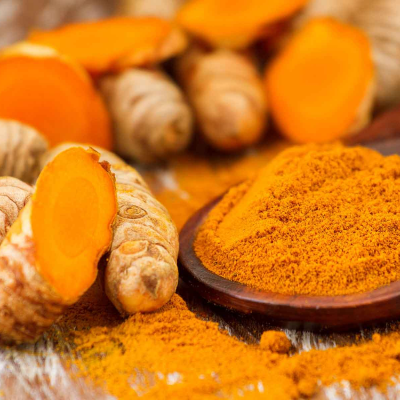
Applied as a paste to reduce itching and inflammation.
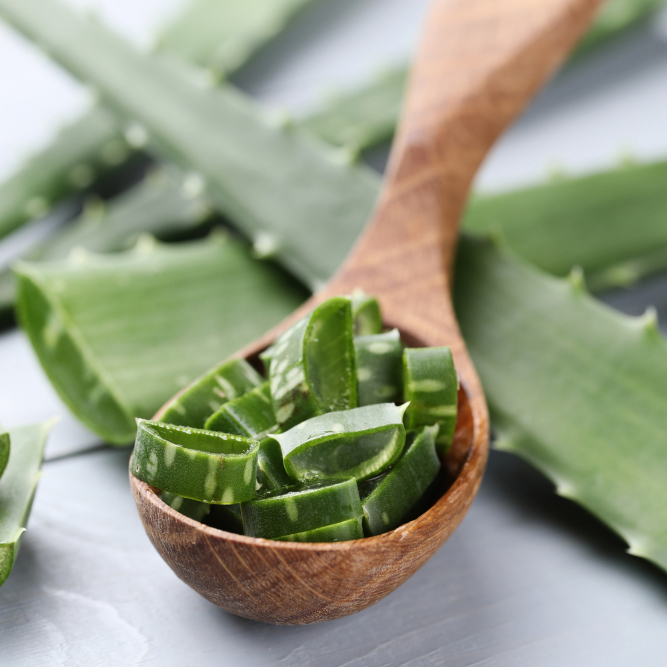
Soothes the skin and heals lesions.

Herbal paste to improve skin health.

Taken orally or applied topically.
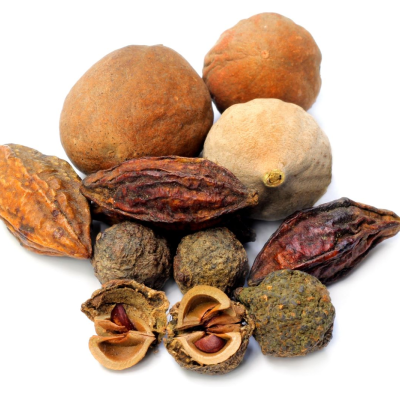
Balances doshas and detoxifies the body.

Boosts immunity.

Has potent antifungal properties.
